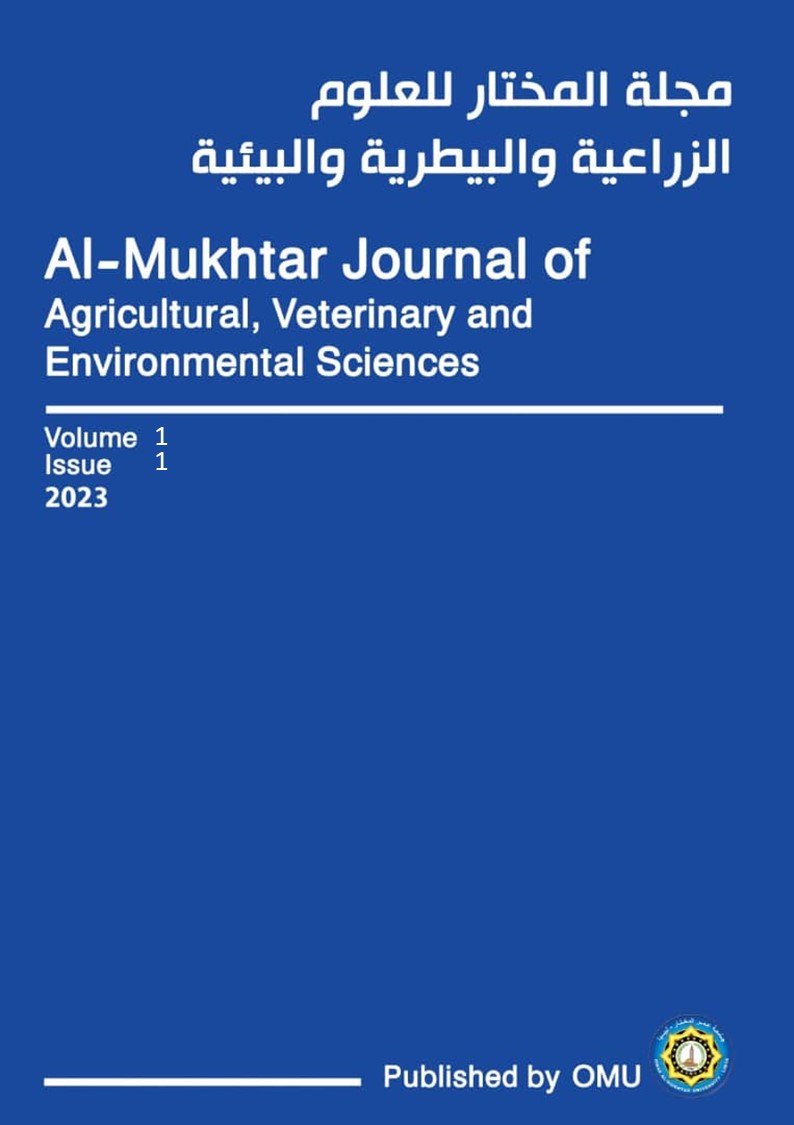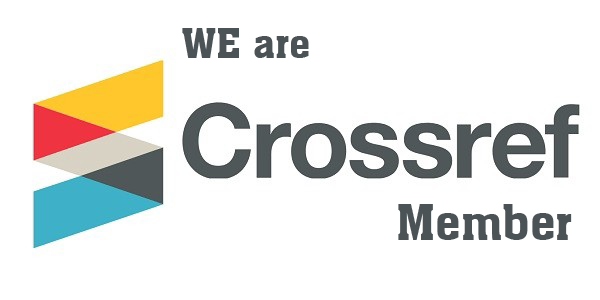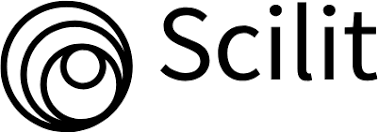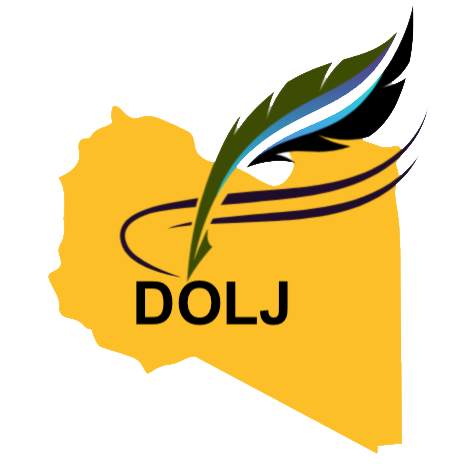The Potential Effect of Honey Varieties on Wound Healing Treatment in Dogs
DOI:
https://doi.org/10.54172/svkdan84Keywords:
Honey, wound healing, Sidr, Arbutus unedo, EucalyptusAbstract
A wound is a physical bodily injury resulting in the disruption of normal continuity of structures and wound healing is the restoration of the continuity. The objectives of the study to evaluate effects of different types of honey on wound healing in Dogs. Twenty-four healthy female dogs weighing between 8 to 12 kg were used in this study. The animals were randomly into four experimental groups with each group consisted of 6 animals over a 21-days period. After the creation of 4cm x 4cm open wound, Group I was control treated with Gentamycin ointment. Groups II, III and IV were treated with Different Types of Honey. On application, the honey was well accepted by the animals without any adverse reaction. On clinical examination, Groups II, III and IV showed bright beefy red color granulation tissue with angiogenesis when compared to Groups I. Mean percentage of epithelialistion, wound contraction and total healing were significantly better in Group II (92.43%). Honey can be a better wound healing biomaterial in dogs. It can be used as a less expensive skin substitute in order to stimulate and promote wound healing in animals.
References
Aljady, A., Kamaruddin, M., Jamal, A., & Mohd-Yassim, M. (2000). Biochemical study on the efficacy of Malaysian honey on inflicted wounds: an animal model. Medical. Journal of Islamic Academy of Sciences, 13(3), 125-132.
Baie, S. H., & Sheikh, K. A. (2000). The wound healing properties of Channa striatus-cetrimide cream-tensile strength measurement. Journal of ethnopharmacology, 73(1), 15-30.
Ballard, K., & Baxter, H. (2000). Developments in wound care for difficult to manage wounds. British journal of Nursing, 9(7), 405-412.
Bohling, M. W., Henderson, R. A., Swaim, S. F., Kincaid, S. A., & Wright, J. C. (2004a). Cutaneous wound healing in the cat: a macroscopic description and comparison with cutaneous wound healing in the dog. Veterinary Surgery, 33(6), 579-587.
Bohling, M. W., Henderson, R. A., Swaim, S. F., Kincaid, S. A., & Wright, J. C. (2004b). Cutaneous wound healing in the cat: a macroscopic description and comparison with cutaneous wound healing in the dog. Veterinary Surgery, 33(6), 579-587.
Cheng, B., Fu, X., Sheng, Z., Gu, X., Sun, T., & & Sun, X. (1999). The effect of basic fibroblast growth factor on myofibroblasts and its significance on wound healing. . Zhonghua yi xue za zhi, 82(17), 1187-1191.
Cockbill, S. (2002). Wounds: The healing process. Hospital pharmacist-london, 9(9), 255-260.
Druecke, D., Lamme, E. N., Hermann, S., Pieper, J., May, P. S., Steinau, H. U., & Steinstraesser, L. (2004). Modulation of scar tissue formation using different dermal regeneration templates in the treatment of experimental full-thickness wounds. . Wound repair and regeneration, 12(5), 518-527.
Dunford, C., Cooper, R., Molan, P., & White, R. (2000). The use of honey in wound management. Nursing Standard (through 2013), 15(11), 63.
Faraj, A. B. H., Khaled, M. A. H., Abdulmutalib, H. A., & Salha, E. E. (2022). Clinical and Hematological Effects of Ketamine alone and Ketamine-Acepromazine in Combination in Local Breed Dogs. Libyan Journal of Basic Sciences, 18(1), 118-135.
Hosgood, G. (2003). Wound repair and specific tissue response to injury,Textbook of Small Animal Surgery. 3rd ed. Philadelphia: WB Saunders, 1, 327-329.
James, A. L., & Bayat, A. (2003). Basic plastic surgery techniques and principles: Chronic wound management. BMJ, 327(Suppl S5).
Jothi, N. A., Thilagar, S., Khaled, M. A. H., Thevi, S. G., Lau, S., & Sastry, T. (2006). Clinical evaluation of keratin-gelatin composite film for wound healing in cats. Indian Journal of Veterinary Surgery, 27(2), 108-110.
Kawai, K., Suzuki, S., Tabata, Y., Ikada, Y., & Nishimura, Y. (2000). Accelerated tissue regeneration through incorporation of basic fibroblast growth factor-impregnated gelatin microspheres into artificial dermis. Biomaterials, 21(5), 489-499.
Khaled, M. A., Asma, S. W. E.-M., Almahdi, A., & H., K. (2016). Clinical Evaluation of Collagen - Calcium Alginate Film along with Therapeutic Ultrasound Massage for Wound Healing in Cats. Acta Biologica Malaysiana, 5(2&3), 49-52.
Khaled, M. A. H., El-Mabrok, A. S. W., Eissa, N. M., Husain, A., & Wanes, M. S. (2018). Effects of Different Types of Honey on Wound Healing in rats. AL-Mukhtar Journal of Sciences, 33(3), 211-220.
Khaled, M. A. H., Hamdi, F. N., Asma, S. W., & Marwan, S. (2022). Surgical Management of Traumatic Teat Fistulas in Crossbred Goats with Polyester Sutures. AL-Mukhtar Journal of Sciences, 37(3), 247-283.
Khaled. M. A, Jalila, A., Kalthum. H, Noordin. M, & Asma. Saleh. W. (2014). Collagen-Calcium Alginate Film Dressing with Therapeutic Ultrasound to Treat Open Wound in Rats. Research Journal of Biological Sciences, 9(2), 57-61.
Khaled. M. A. Hussin, Asma. Saleh W, Rehab. Hamad, & Marwan. Saleh. (2021). Evaluation of Efficacy of Collagen-Calcium Alginate Protectants on Chronic Wound Healing in Horses. AL-Mukhtar Journal of Sciences, 36(2), 116-122.
Mali, S., Grossmann, M. V. E., García, M. A., Martino, M. N., & Zaritzky, N. E. (2006). Effects of controlled storage on thermal, mechanical and barrier properties of plasticized films from different starch sources. Journal of food engineering, 75(4), 453-460.
Michiyo, M., Takeshi, K., Hiroharu, H. I., Yasuhiko, T., Yoshito, I., & Shigehiko, S. (2005). Effrcts of bFGFgelatin composite film incorporated into gelatin sheet on wound healing. Journal of Biomaterials. science.Polymer edtion, 16(7), 893-907.
Molan, P., & Allen, K. (1996). The effect of gamma‐irradiation on the antibacterial activity of honey. Journal of Pharmacy and Pharmacology, 48(11), 1206-1209.
Molan, P., & Betts, J. (2004). Clinical usage of honey as a wound dressing: an update. Journal of wound care, 13(9), 353-356.
Molan, P. C. (1999). The role of honey in the management of wounds. Journal of wound care, 8(8), 415-418.
Moore, O. A., Smith, L. A., Campbell, F., Seers, K., McQuay, H. J., & Moore, R. (2001). Systematic review of the use of honey as a wound dressing. BMC complementary and alternative medicine, 1(1).
Pope, E. R. (1993). skin healing .In: Disease mechanisms in small animal surgery. 2nd ED Philadelphia, London, 152-155.
Probst, C. W. (2003). Wound healing and specific tissue regeneration. In. Texbook of small animal surgery. 3rd Ed. Saunders Company., 1, Philadelphia5. 3-63.
Rangaraj, A., Harding, K., Leaper, D., & . (2011). Role of collagen in wound management. Wounds UK, 7(2), 54-63.
Schäffer, M. R., Tantry, U., & Barbul, A. (2004). Wound fluid inhibits wound fibroblast nitric oxide synthesis. Journal of Surgical Research, 122(1), 43-48.
Schmidt, R. J., Chung, L. Y., Andrews, A. M., Spyratou, O., & Turner, T. D. (1993). Biocompatibility of wound management products: a study of the effects of various polysaccharides on murine L929 fibroblast proliferation and macrophage respiratory burst. Journal of Pharmacy and Pharmacology, 45(6), 508-513.
Swaim, S., Bradley, D., Spano, J., McGuire, J., Hoffman, C., & Trachy, R. (1993). Evaluation of multipeptide-copper complex medications on open wound healing in dogs. The Journal of the American Animal Hospital Association, 29(1), 519-525.
Takehara, K. (2000). Growth regulation of skin fibroblasts. Journal of dermatological science,, 24(1), 70-77.
Tonnesen, M. G., Feng, X., & , & Clark, R. A. F. (2000). Angiogenesis in wound healing. Journal of Investigative Dermatology Symposium Proceedings, 5(1), 40-46.
Downloads
Published
License
Copyright (c) 2023 Ahmad Ebriek, Khaled Hussin, Salah Eldein Ebriek, Asma El-Mabrok (Author)

This work is licensed under a Creative Commons Attribution-NonCommercial 4.0 International License.













